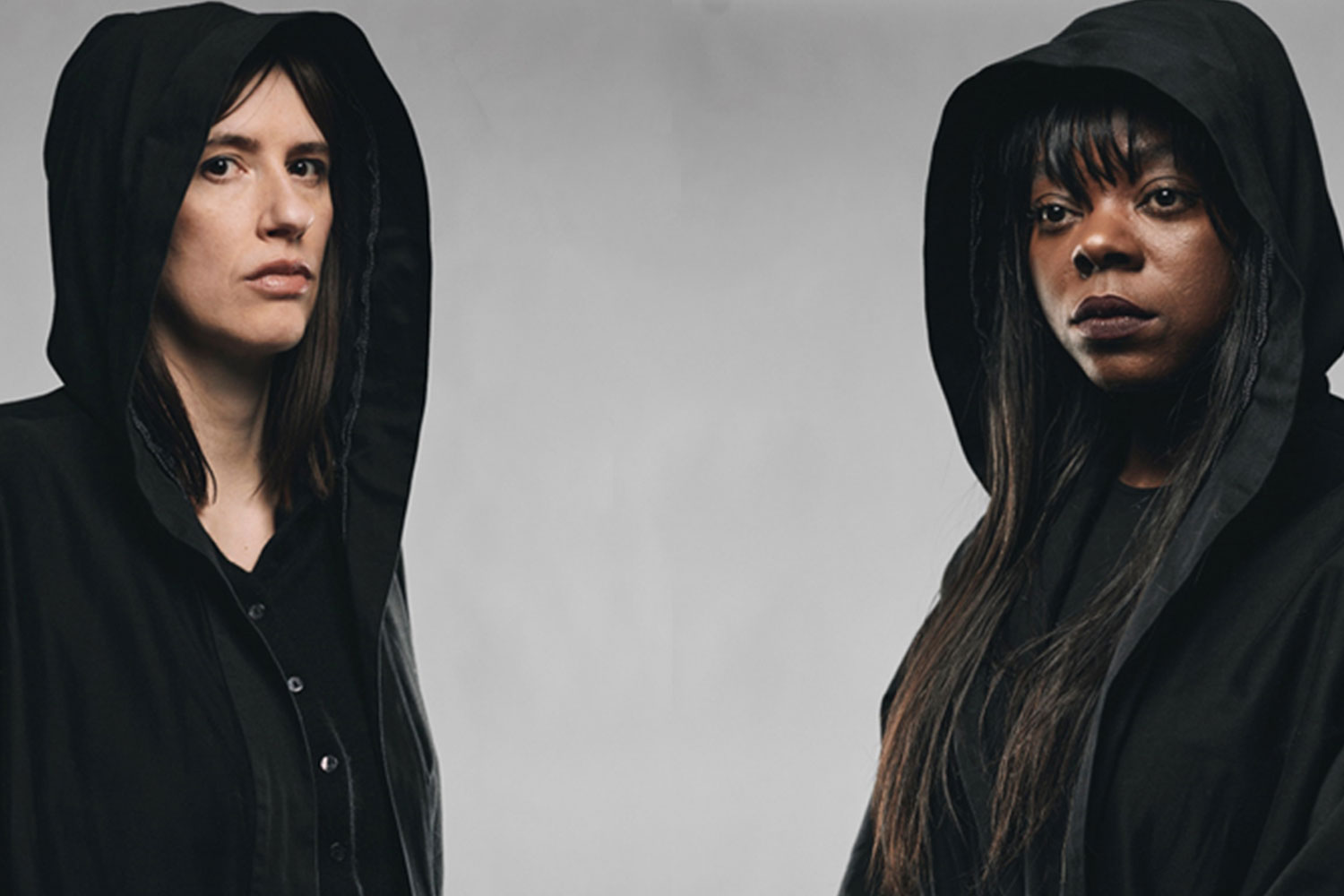Honour Bayes: Women (should be) in the spotlight
The art world has always placed women front and centre (for better or voyeuristic worse). Yesterday reading about Damien Hirst’s intention to put a 66 foot female statue in Ilfracombe I realised it’s a policy that’s still de rigueur.
But if fine art has moved on from the male gaze of its past (a giant pregnant woman feels like a leap from a naked languishing one, just) the last few days have proved that theatre is still stuck in its male-dominated history.
Last week it was reported that Equity had sent out letters to 43 subsidised theatres highlighting the need for better employment of women. In some of these venues male roles were outnumbering female 2 to 1.
For an organisation with over a 50% female membership this wasn’t good enough. And as playwright and director Stella Duffy pointed out it wasn’t good enough for a paying public where over 50% are female too.
But where does this imbalance come from? To a certain extent it is understandable for venues dedicated to producing classic works; ours is a restrictively white male canon. But what about new writing? Undeniably there are still problems with female playwrights getting the support they should (an issue being raised brilliantly by theatre company Agent 160).
But in a world where Vicky Featherstone is to head the Royal Court, female voices are now being heard on main stages. Indeed with the advent of writers like Polly Stenham, Lucy Kirkwood, Bola Agbaje, Laura Wade, Ella Hickson, Penelope Skinner and Anya Reiss, the media are falling over themselves to hail the beginning of a female revolution.
So why is there still such a parlous amount of female narrative on stage? In the Telegraph article above, a profound sense of individualism comes to the fore. As Dominic Cooke says “I think this generation, the kind of post-feminist generation… they don’t feel they have to toe the line.” The insinuation is that these women do not feel shackled to female stories.
Cooke sees these choices as refreshing and it is true that women are occasionally protagonists in this work (see Skinner’s The Village Bike for a particularly interesting example of this). But going to new writing festival HighTide this year I saw three plays by female writers (including Hickson) all of which had almost entirely male casts.
Why is this? In her impassioned blog Duffy goes so far as to suggest that “young women playwrights currently in the ascendency have…noticed that they are likely to be taken more seriously, that their work is more likely to be produced, if it’s about men.”
Whether this is correct or not the question remains: just what is the subsidised sector going to do to enable a bigger platform for women? To dictate a quota is reductive and impractical. It’s clearly wrong to impose that women write about women, just as it is wrong to impose that a writer should write about anything.
What is left feels like an impasse, as playwright Georgie Burns tweeted during a discussion on this “(There’s) absolutely no obligation. People need to write what they want to write. I just wish it was different…”
Where then can we look for female led stories? Perhaps it is a clarion call for all playwrights to answer. Jon Cooper and Morgan Lloyd Malcolm both sprang up in response to Burns’ frustration to say they have or are writing female two handers (Lloyd Malcolm’s first play Belongings also had a strong female protagonist). Whilst playwright Duncan Gates confirmed that he writes gender blind characters in all his scripts.
One thing’s for sure: women need to stop being presented simply as carers, nurturers, enablers and supporting roles in plays. After all if Britain’s savviest artist is putting a woman centre stage, its damn time British theatre writers started doing so.










